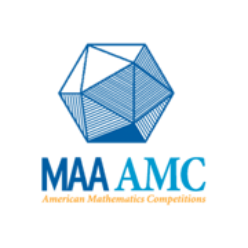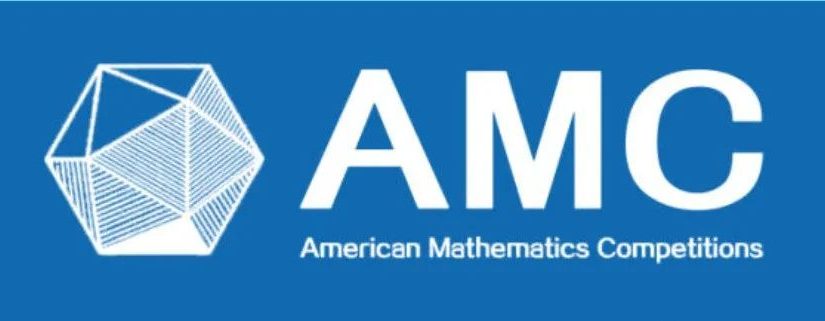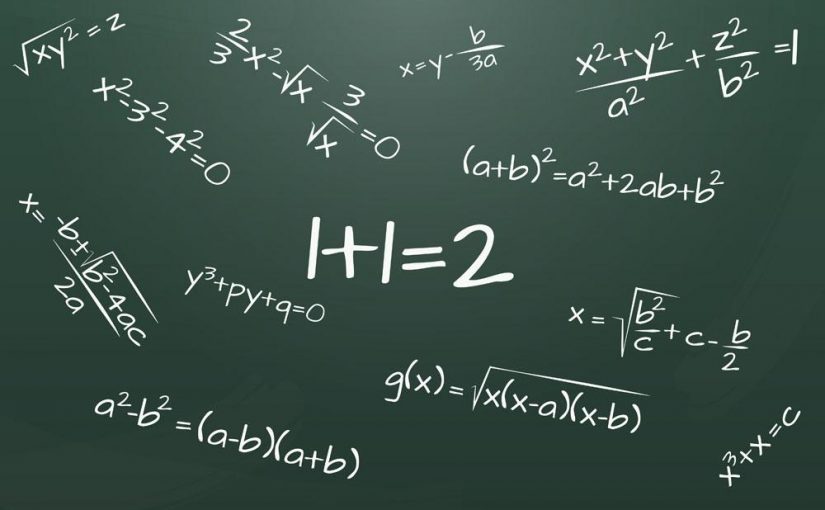AMC(American Mathematics Competition)数学竞赛,是一项世界性的数学竞赛活动,其主要目的是推广并提高青少年的数学能力和兴趣。AMC竞赛作为一项国际化的数学竞赛,其比赛难度不仅高于普通中学数学竞赛,而且题型也更为多样化和考察深入。因此,参加AMC数学竞赛对于高中生的升学甚至是大学学习都具有一定的作用。
建议参赛年级
AMC8: 4-8年级学生
AMC10:8-10年级
AMC12:11-12年级学生
AIME:AMC10和AMC12测试中成绩达到要求的学生
AMC竞赛考点内容
AMC8:考查内容与美国7,8年级的数学大纲相对应。
AMC10:考试内容为除去微积分以外的高中数学。
AMC12:针对中等学生的数学测验,分A赛和B赛,学生可任选一项参加,考题涉及更多的知识,对个人能力提出了更高的需求。
快人一步,领取AMC课程试听课
扫码免费获取AMC历年真题+课程学习资料
择校/考试等信息,可咨询小助手

AMC数学竞赛能够提升学生的数学能力以及培养解决问题的能力,其中每一题的思维难度都很高,考察的不仅仅是知识点的掌握程度,还需要学生在面对陌生难题时,具备较强的思维分析和解决问题的能力。AMC数学竞赛中常常出现一些与普通中学数学无关的数学问题,例如生动形象的几何问题和奇特的数数学问题等,这些题目要求参赛者不仅有丰富的数学知识,还要具备创新的思维、耐心的推理和分析能力等。
参加AMC数学竞赛不仅仅可以在数学方面得到提高,在其他学科中也能较好地发挥作用。在语言学习中,AMC考试中出现的奇特数学问题,可以培养学生的思维能力,在阅读时更能够理清逻辑关系。在科学研究中,AMC数学竞赛中的几何学和数学问题一般都是通过数学思维路径得出的结论,给科学研究提供了一些重要的启发。
对于高中生而言,参加AMC数学竞赛除了单纯地提高数学能力和获取奖项证书之外,还会对升学和大学学习产生积极的影响。在美国,机构和大学普遍将AMC成绩作为甄选优秀科学和数学学生的重要参考因素,而我国的不少高校也将AMC成绩作为评判学生数学水平的重要依据之一,因此,参加AMC数学竞赛有可能帮助学生获得更多的升学机会,打开更广阔的人生道路。





